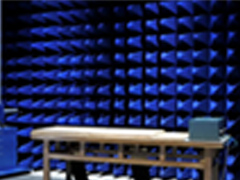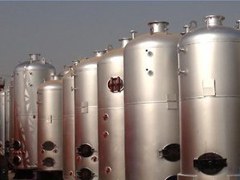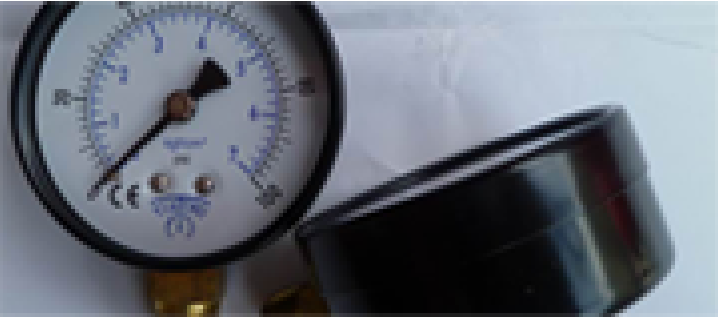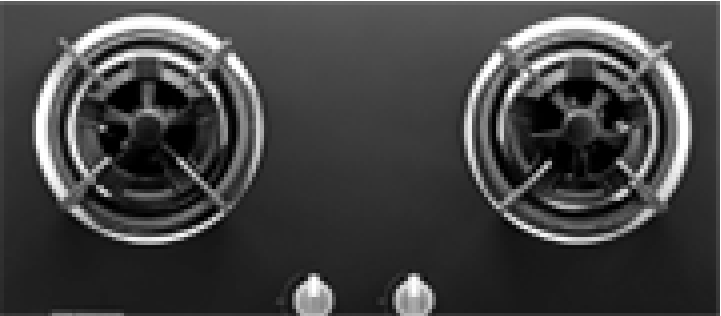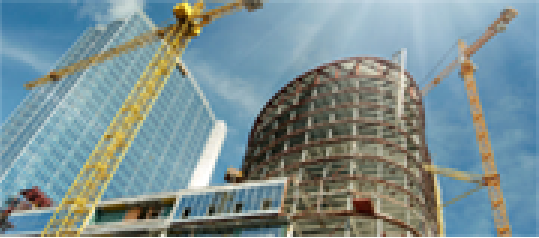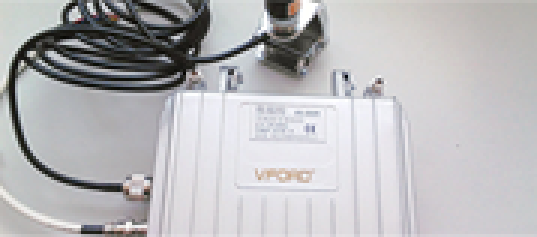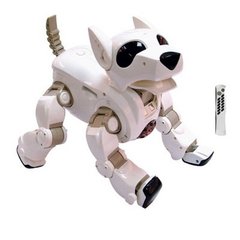Pressure equipment directive (PressureEquipmentDirective, PED 97/23 / EC) is one of the instructions. All equipment with a design pressure of more than 0.5bar, regardless of its pressure and volume, must comply with PED regulations. Equipment such as fire extinguishers, pressure gauges, valves, safety valves, air tanks, tower tanks, pipes, fittings, steam equipment, etc. that carry or transport fluids must comply with PED regulations. - < a href = "http://www.globalgd.com/" > < strong > CE certification body < / strong > < / a > < / div >
The PED was adopted on 29 May 1997 and entered into force on 29 November 1999, with a grace period of 30 months for adaptation until 28 May 2002, that is, products can choose to apply the PED or the original national regulations (but only circulate within the territory of the country where the original national regulations apply), Since May 29, 2002, the original provisions of all countries have been abolished, and PED has become a mandatory regulation of pressure equipment in Europe. Therefore, pressure equipment manufacturers should respond early to avoid being shut out of the European market.
PED applies to the EuropeanEconomicArea (EEA) countries, namely the EU 15 (Austria, Belgium, Denmark, Germany, Greece, Spain, France, Ireland, Italy, Luxembourg, the Netherlands, Portugal, Finland, Sweden, the United Kingdom), Add the European Free Trade Agreement (EFTA) member states (Iceland, Liechtenstein, Norway).
From May 28, 2002 sold in the eu pressure equipment products (such as fire extinguishers, pressure gauge, valve, safety valve, air tank, tank, pipe, pipe fittings, steam equipment loading or conveying fluid equipment) must be in conformity with pressure equipment directive (97/23 / E PressureEquipmentDirective, PED C). All equipment with a design pressure of more than 0.5bar, regardless of its pressure and volume, must comply with the CE-PED regulations.
Pressure equipment directive (PressureEquipmentDirective, PED 97/23 / EC) is one of the instructions. All equipment with a design pressure of more than 0.5bar, regardless of its pressure and volume, must comply with PED regulations. Equipment such as fire extinguishers, pressure gauges, valves, safety valves, air tanks, tower tanks, pipes, fittings, steam equipment, etc. that carry or transport fluids must comply with PED regulations. < / div >
The PED was adopted on 29 May 1997 and entered into force on 29 November 1999, with a grace period of 30 months for adaptation until 28 May 2002, that is, products can choose to apply the PED or the original national regulations (but only circulate within the territory of the country where the original national regulations apply), Since May 29, 2002, the original provisions of all countries have been abolished, and PED has become a mandatory regulation of pressure equipment in Europe. Therefore, pressure equipment manufacturers should respond early to avoid being shut out of the European market.
According to the PED, pressure equipment and components above a specific pressure/volume threshold must:
With security
Meet basic safety requirements for design, manufacturing, and testing
Meet appropriate conformity assessment procedures
Labeling with CE marking and related regulations
Pressure equipment and components below a specific pressure/volume threshold must:
With security
According to the perfect engineering practice and design, manufacturing labeling with relevant provisions (can not be attached to the CE mark) product classification and conformity assessment mode selection Manufacturers must analyze and classify products in order to respond to PED for different pressure equipment requirements. Products can be classified into five categories: PED Article 3.3(designed and manufactured in accordance with sound engineering practices in Member States) and five categories, from I to IV. The higher the risk, the higher the classification level and the stricter the regulations.
Pressure equipment Directive CE certification product technical data requirements :
Product Size and pressure specification
Product Material Description
Product design and testing according to the standard (ASME,ANSI,API,BS,EN…)
Product appearance map
Product design drawing
Quality system document (Inspection specification)(ISO9001 Certificate)
Material documentation (physical and chemical properties)
Wall thickness test procedures (water pressure, pressure test …)
Description
Test report (can be tested in the factory)
English User Manual
CE/ Product Label


